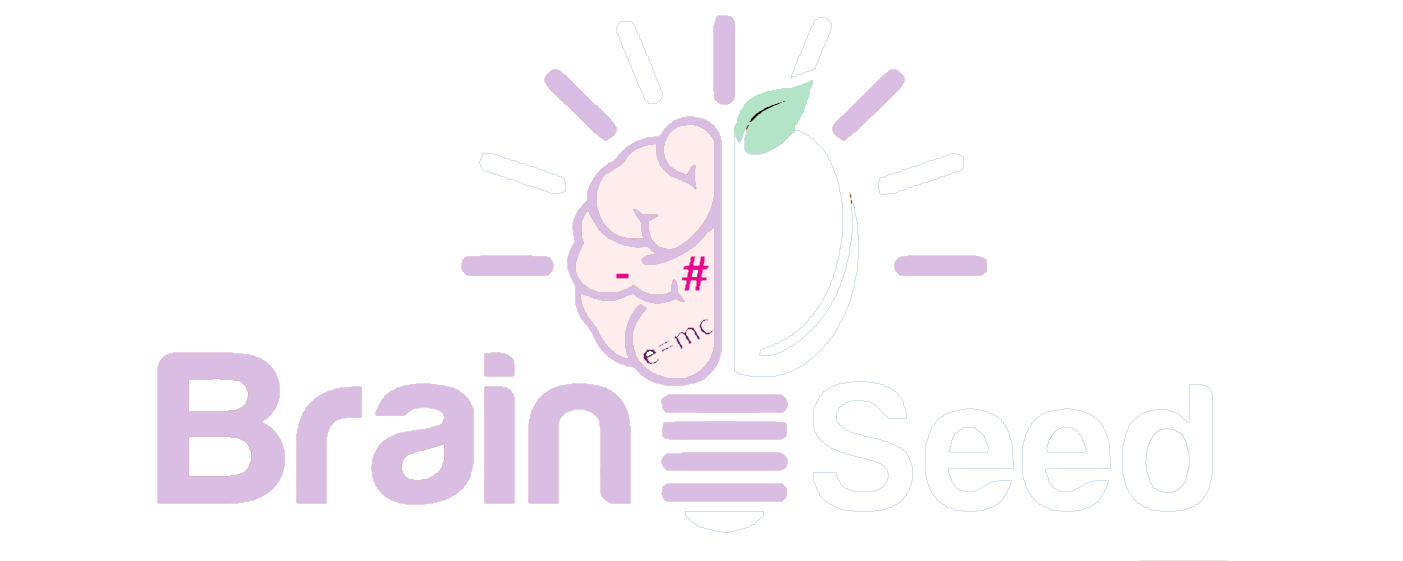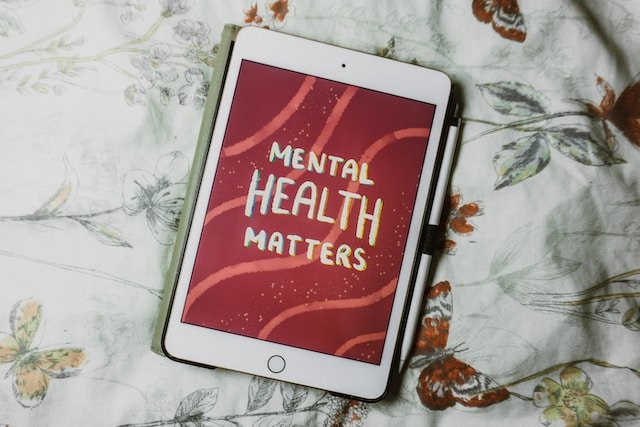What are the best strategies for incorporating drama into the curriculum?
Drama can be a powerful tool for engaging students and promoting their development. By integrating drama into the curriculum, students can develop a range of important skills, such as creativity, critical thinking, and communication. In this article, we will explore some of the best strategies for integrating drama into the curriculum.
- Adjust Drama to Learning Targets To effectively integrate drama into the curriculum, it is important to align it with the learning targets of the curriculum. This means identifying specific areas of the curriculum where drama can be used to enhance student learning. For example, drama could be used to help students better understand a historical event, a piece of literature, or a scientific concept.
- Provide Adequate Planning Time Before integrating drama into the curriculum, it is essential to provide adequate planning time for both teachers and students. Teachers should be given time to plan and design drama activities, while students should be given the opportunity to rehearse and practice their roles. Providing adequate planning time can ensure that the drama activities are high-quality and effective.
- Use Varied Drama Strategies Incorporating varied drama strategies can help to keep students engaged and motivated in the curriculum. Some examples of drama strategies include role-playing, improvisation, and emulation. By using varied strategies, teachers can cater to different learning styles and help students develop a range of skills.
- Foster Collaboration Drama is a collaborative art form that encourages teamwork and participation. Integrating drama into the curriculum provides an opportunity for students to collaborate and develop their teamwork skills. Teachers can encourage collaboration by assigning a set of roles and tasks, and by providing opportunities for students to give and receive feedback.
- Consider Learning Outcomes After integrating drama into the curriculum, considering the learning outcomes is important. This can be done through class discussions, written reflections, or assessments. By reflecting on learning outcomes, teachers can identify areas for improvement and adjust their teaching strategies accordingly.
In conclusion, integrating drama into the curriculum can be an effective way of engaging students and enhancing their development. By aligning drama with learning targets, providing adequate planning time, using varied drama strategies, fostering collaboration, and considering learning outcomes, teachers can effectively integrate drama into the curriculum and help students develop important skills.
Are you looking for a fresh and exciting way to engage your school’s drama program or your child’s creativity? Try YouTube drama! It’s a fun and modern way for students to create and perform in their own videos. YouTube drama is flexible, convenient, and can even reach a wider audience. Plus, it teaches valuable skills like video production, editing, and storytelling. Click here to learn more about how YouTube drama can benefit your school’s drama program.







